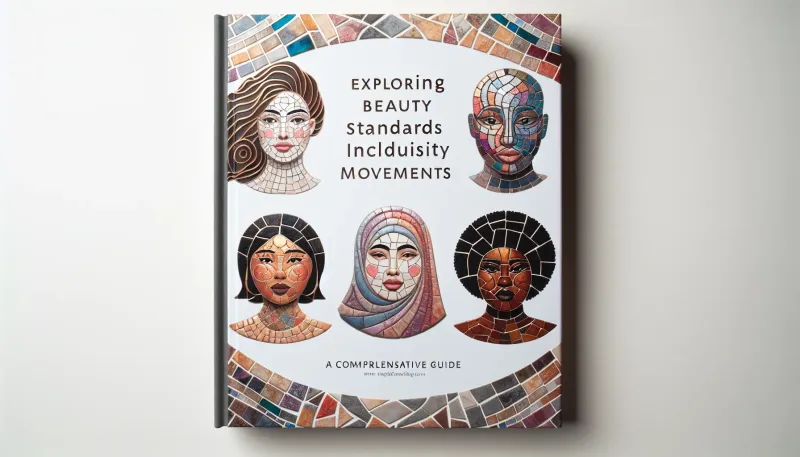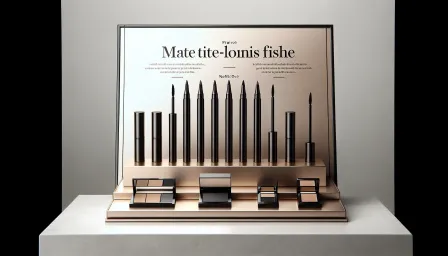Exploring Beauty Standards and Inclusivity Movements: A Comprehensive Guide

A comprehensive guide exploring beauty standards and inclusivity movements, examining the impact, challenges, and progress made towards a more inclusive definition of beauty.
Beauty standards have long shaped societal perceptions, influencing everything from media portrayals to personal self-esteem. Over the years, inclusivity movements have challenged and redefined these standards, pushing for a broader and more diverse understanding of beauty. This comprehensive guide delves into the current state of beauty standards, the rise of inclusivity movements, and their impact on society.
Understanding Traditional Beauty Standards
Historically, beauty standards have been largely homogenous, often favoring specific physical traits related to youth, body size, skin color, and facial features. These standards have been perpetuated through various forms of media, creating a narrow definition of beauty that many find unattainable.
The Impact of Media
Media plays a crucial role in shaping beauty standards by promoting images that reflect societal ideals. Television, magazines, and social media platforms showcase a limited range of beauty, often excluding diverse representations of race, body types, and age. This can lead to unrealistic expectations and self-esteem issues for those who do not fit these narrow ideals.
Pervasive Influence on Self-Image
The pressure to conform to traditional beauty standards can result in individuals feeling inadequate or dissatisfied with their appearance. This often manifests in the pursuit of cosmetic procedures, diets, and other means of altering one's look to fit the accepted norms. Moreover, this pressure can contribute to mental health issues such as anxiety, depression, and body dysmorphia.
The Rise of Inclusivity Movements
In response to the limitations imposed by traditional beauty standards, inclusivity movements have emerged to promote a more diverse and accepting definition of beauty. These movements advocate for the representation of all body types, skin tones, ages, and abilities in media and society.
Body Positivity Movement
The body positivity movement encourages individuals to embrace their bodies, regardless of shape or size. This movement challenges the notion that thinness equates to beauty and promotes self-love and acceptance. Body positivity advocates for diverse body representation in the fashion industry, advertising, and media to reflect the true diversity of the population.
Representation and Visibility
Inclusivity movements have significantly increased the visibility of underrepresented groups in media. Brands and companies are beginning to recognize the importance of diversity and inclusivity, featuring models and spokespersons of various ethnicities, body types, and ages. This shift is gradually transforming the landscape of beauty standards, making it more inclusive and reflective of real-life diversity.
Challenges and Progress
While inclusivity movements have gained momentum, challenges remain in achieving a universally accepted definition of beauty that encompasses all forms. However, notable progress has been made.
Overcoming Stereotypes
One of the significant challenges is overcoming deep-rooted stereotypes and biases that are ingrained in society. Despite progress, stereotypes related to race, age, gender, and body size persist, often influencing public perception and media representation. Ongoing education and advocacy are essential to combat these stereotypes and promote a more inclusive view of beauty.
Industry Leadership
The beauty and fashion industries play a critical role in driving inclusivity. Companies that prioritize diverse representation and challenge traditional beauty norms set a precedent for others to follow. Brands such as Fenty Beauty, founded by Rihanna, have been instrumental in offering products catering to a wide range of skin tones and highlighting the need for inclusivity in product development and marketing.
Conclusion: The Path Forward
The evolving understanding of beauty standards and inclusivity movements represents a significant shift towards a more accepting and diverse society. While challenges persist, the progress made thus far indicates a positive trend towards inclusivity. By continuing to challenge stereotypes, promote diverse representation, and support inclusivity movements, society can embrace a broader and more comprehensive definition of beauty that values uniqueness and diversity.
Ultimately, the goal is to create a world where everyone feels seen, respected, and beautiful, regardless of their physical appearance.




















